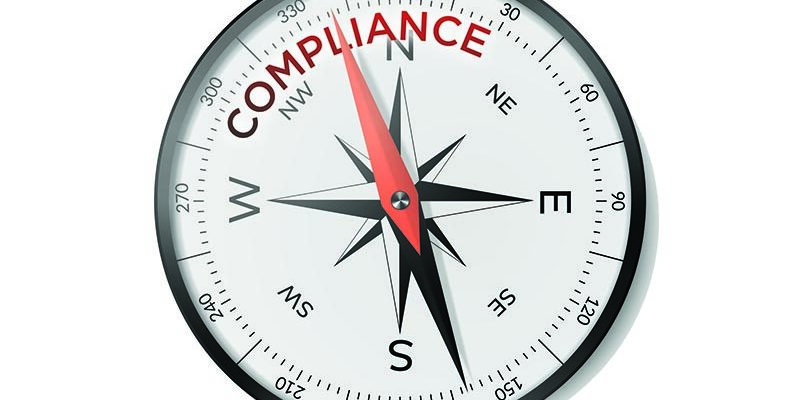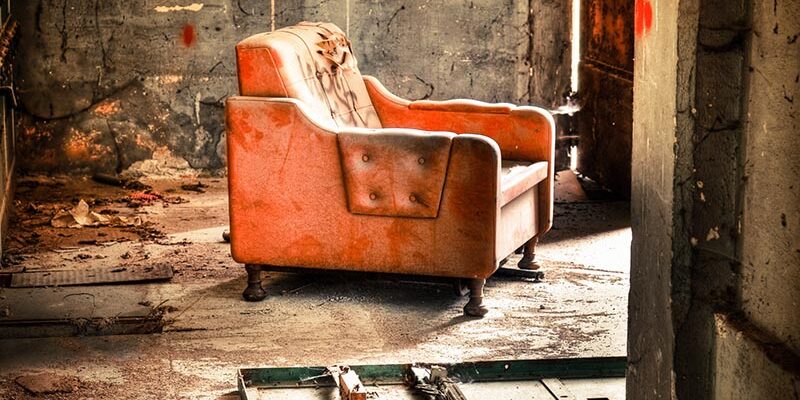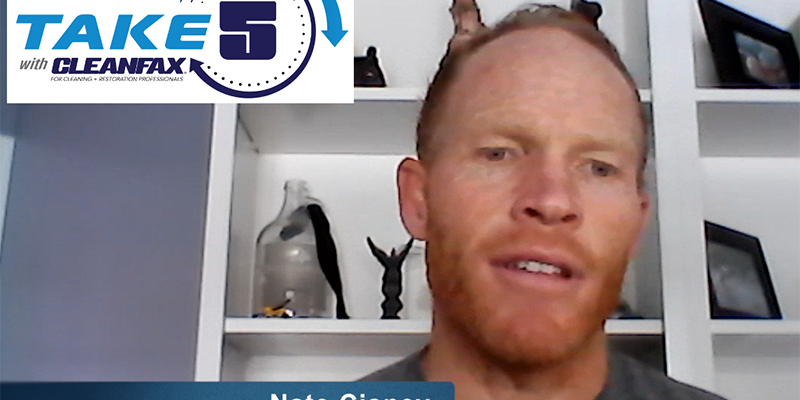Words of Wisdom on the S500

By Dan Mesenburg
Recently, I published an article entitled Success on Water Losses. It gave a comprehensive look at using the ANSI/IICRC S500 Standard and Reference Guide for Professional Water Damage Restoration (S500) and concluded by urging the use of this important tool.
Since then some have asked for more information on how to better interpret this technical standard and reference guide. This article will discuss some ways to properly use it and a few key words of wisdom.
Important Definitions of the S500
Each S500 that the IICRC publishes includes a page in the front of each that discusses Important Definitions that are used. These definitions provide a level of importance for procedures and practices outlined in the standard and reference guide.
We will begin by discussing these Important Definitions and then we will look at some examples of how they are used in the S500 to differentiate importance.
There are five key definitions listed below that are on page nine of the ANSI/IICRC S500 Fourth Edition. First, we must understand their meanings before applying them to practices and procedures. The second step is to apply them in real life. Examples are given after each key definition.
- Shall: When the term “shall” is used in this document, it means the practice or procedure is mandatory due to natural law or regulatory requirement, including occupational, public health, and other relevant laws, rules, or regulations, and is, therefore, a component of the accepted “standard of care” to be followed.
- Example: “The OSHA Standard on Control of Hazardous Energy (Lockout/Tagout) found in 29 CFR 1910.147, delineates steps restorers shall take to prevent accidents associated with hazardous energy.” This statement uses “shall” to provide the restorer with an OSHA requirement found in the 29 CFR 1910 that must be followed due to occupational laws. [8.12]
- Should: When the term “should” is used in this document, it means that the practice or procedure is a component of the accepted “standard of care” to be followed, while not mandatory by regulatory requirements.
- Example: “Following the implementation of an initial calculation, the restorer should consider other factors that may require adjustments… After the initial installation, appropriate adjustments (e.g., increase, decrease, reposition) in dehumidification equipment capacity should be made based on psychometric readings.” [13.5.6.2] While the initial equipment calculations are where many restorers stop, this statement says restorers “‘should’ consider other factors” and “equipment capacity ‘should’ be made based” on the psychometric readings taken. This directs the restorer to place the proper amount of equipment based on the readings taken and not just the formula.
- Recommend(ed): When the term “recommend(ed)” is used in this document, it means that the practice or procedure is advised or suggested but is not a component of the accepted “standard of care” to be followed.
- Example: “It is recommended that the restorer record reading at the same locations until drying goals have been met and documented.” [13.5.7] While the restorer could take readings wherever they wish, the standard “recommends” the suggested approach would be to record readings at the same locations.
- May: When the term “may” is used in this document, it signifies permission expressed by the document, and means that a referenced practice or procedure is permissible within the limits of this document, but is not a component of the accepted “standard of care” to be followed.
- Example: “Restorers may also consider a continuous use of outdoor air while dehumidification systems are deployed, when conditions are appropriate.” [13.5.5.1.3] Using “may” in this statement says the practice or procedure of “consider a continuous use of outdoor air” is permitted but not a component of the “standard of care.”
- Can: When the term “can” is used in this document, it signifies an ability or possibility open to a user of the document, and it means that a referenced practice or procedure is possible or capable of application, but is not a component of the accepted “standard of care” to be followed.
- Example: “Restorers can use the installed HVAC system as a resource, provided contaminants will not be spread or the drying effort will not be negatively impacted.” [13.5.5.2] This statement using “can” says that this practice is possible or capable of being used, but also not a component of the accepted “standard of care.”
Knowledge leads to success
As you can see, the IICRC S500’s Important Definitions are important for restorers to understand as they follow the guidance for professional water damage restoration. Lack of knowledge of the intent of the standard can lead not only incomplete drying, but also potential legal liability to the restoration business.
By taking the time to review the principles presented, the application of the Important Definitions, and training your water restoration team, the ANSI/IICRC S500 can become an important tool to produce success on water losses.
Dan Mesenburg has been in the cleaning and restoration industry for over 22 years. He is an IICRC board director, IICRC approved instructor, and WRT technical advisory committee chair. He and his wife own a ServiceMaster Restore franchise, and he serves as the regional training manager for a ServiceMaster distributor in the Midwest.












